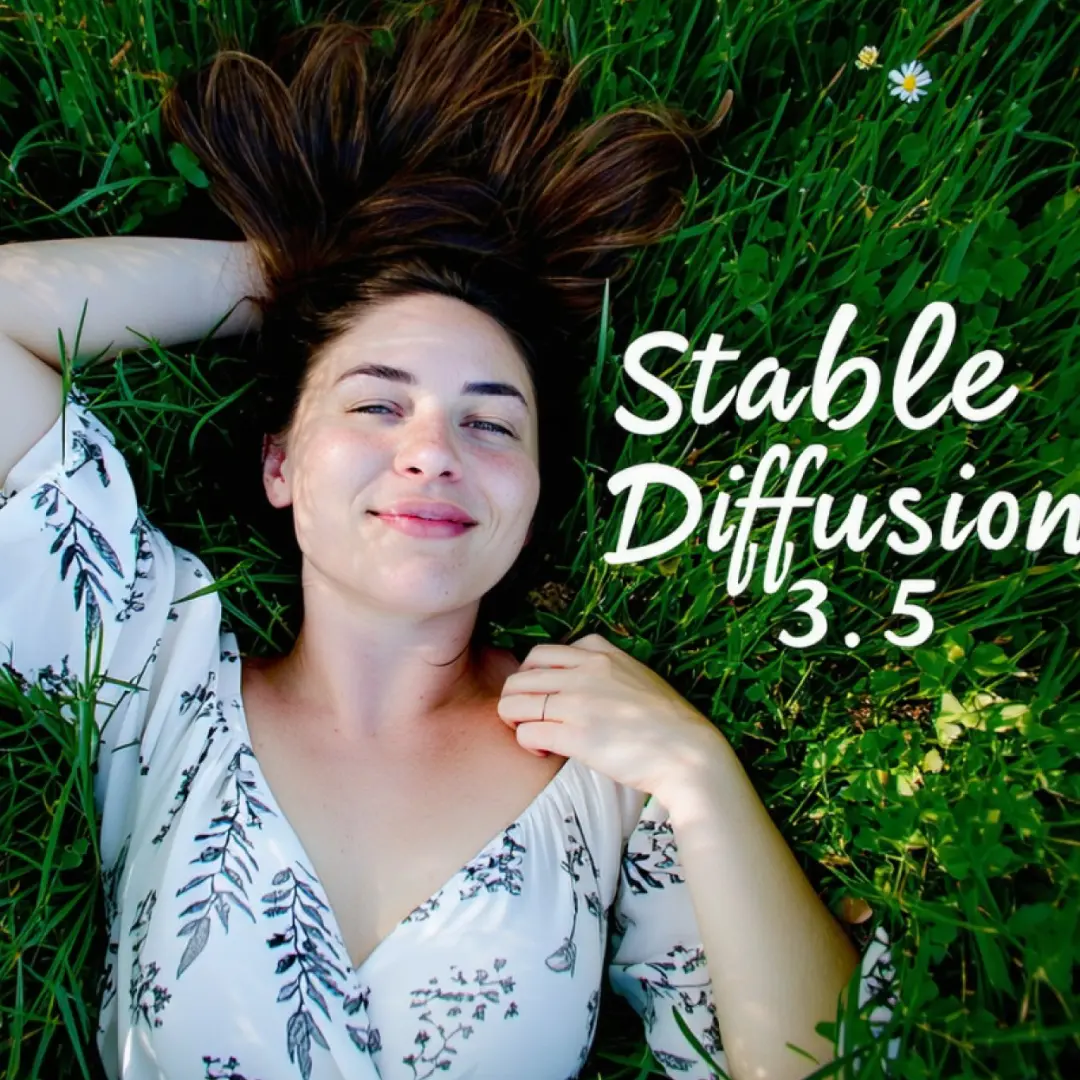ComfyUI Node: 🌊 MI2V Flow Predictor
MI2V Flow Predictor
Category🐓 IG Motion I2V Nodes/Flow
IDGallagher (Account age: 5765days) Extension
ComfyUI-IG-Motion-I2V Latest Updated
2024-09-30 Github Stars
0.04K
How to Install ComfyUI-IG-Motion-I2V
Install this extension via the ComfyUI Manager by searching for ComfyUI-IG-Motion-I2V- 1. Click the Manager button in the main menu
- 2. Select Custom Nodes Manager button
- 3. Enter ComfyUI-IG-Motion-I2V in the search bar
Visit ComfyUI Online for ready-to-use ComfyUI environment
- Free trial available
- 16GB VRAM to 80GB VRAM GPU machines
- 400+ preloaded models/nodes
- Freedom to upload custom models/nodes
- 200+ ready-to-run workflows
- 100% private workspace with up to 200GB storage
- Dedicated Support
🌊 MI2V Flow Predictor Description
Sophisticated node for motion vector generation using advanced machine learning for seamless image transitions in AI art.
🌊 MI2V Flow Predictor:
The MI2V Flow Predictor is a sophisticated node designed to facilitate the generation of motion vectors from a given input frame, which is crucial for creating smooth and realistic animations in AI-generated art. This node leverages advanced machine learning techniques to predict the flow of motion between frames, allowing for the seamless transition of images in a sequence. By utilizing this node, you can enhance the dynamism and fluidity of your visual projects, making it an invaluable tool for artists looking to incorporate motion into their work. The MI2V Flow Predictor is particularly beneficial for tasks that require precise motion estimation, such as video synthesis and animation, providing a robust framework for generating high-quality motion data.
🌊 MI2V Flow Predictor Input Parameters:
flow_unit_id
The flow_unit_id parameter is used to uniquely identify the flow unit being processed. It ensures that the correct flow data is associated with the specific animation task at hand. This parameter does not have a specific range of values but should be unique for each flow unit to avoid conflicts.
seed
The seed parameter is crucial for ensuring the reproducibility of results. By setting a specific seed value, you can generate the same motion vectors consistently across different runs. This is particularly useful for debugging and refining animations. The seed can be any integer value, and there is no default value as it depends on the user's requirement for reproducibility.
prompt
The prompt parameter is a textual input that guides the motion prediction process. It provides context or thematic direction for the animation, influencing how the motion vectors are generated. This parameter is essential for aligning the motion with the intended artistic vision.
negative_prompt
The negative_prompt parameter serves as a counterbalance to the prompt, specifying elements or directions to avoid in the motion prediction. It helps refine the output by excluding unwanted motion characteristics, ensuring the final animation aligns more closely with the desired outcome.
first_frame
The first_frame parameter is the initial image frame from which the motion prediction begins. It is a critical input as it sets the starting point for the motion vector generation. The frame should be pre-processed to fit the model's requirements, such as being normalized and resized to dimensions divisible by 8.
num_inference_steps
The num_inference_steps parameter determines the number of steps the model takes to predict the motion vectors. More steps can lead to more accurate and refined motion predictions but may increase computation time. The range and default value depend on the specific model configuration and user preference for balancing accuracy and performance.
guidance_scale
The guidance_scale parameter adjusts the influence of the prompt on the motion prediction. A higher scale increases the prompt's impact, potentially leading to more pronounced thematic motion, while a lower scale allows for more natural motion flow. The appropriate value depends on the desired level of prompt adherence.
motion_vectors
The motion_vectors parameter allows for the input of pre-existing motion data, which can be used to guide or refine the prediction process. This parameter is optional and can be left empty if no prior motion data is available or needed.
motion_mask
The motion_mask parameter is used to specify areas of the frame where motion prediction should be applied or ignored. It is a useful tool for focusing the motion generation on specific regions, enhancing control over the animation process. This parameter is optional and can be omitted if full-frame motion prediction is desired.
keep_model_loaded
The keep_model_loaded parameter is a boolean flag that determines whether the model should remain loaded in memory after execution. Keeping the model loaded can reduce initialization time for subsequent predictions but may increase memory usage. This parameter is useful for optimizing performance in workflows with frequent predictions.
🌊 MI2V Flow Predictor Output Parameters:
motion_vectors
The motion_vectors output parameter provides the predicted motion data for the input frame. This data is essential for creating animations, as it describes the movement of pixels between frames, enabling the generation of smooth transitions and dynamic effects.
🌊 MI2V Flow Predictor Usage Tips:
- Ensure that the
first_frameis pre-processed correctly, with dimensions divisible by 8, to avoid errors during motion prediction. - Experiment with different
guidance_scalevalues to find the right balance between prompt adherence and natural motion flow for your specific project.
🌊 MI2V Flow Predictor Common Errors and Solutions:
Error: "Input frame dimensions not divisible by 8"
- Explanation: The input frame's height and width must be divisible by 8 for the model to process it correctly.
- Solution: Resize the input frame to ensure its dimensions are divisible by 8 before passing it to the node.
Error: "Model not loaded"
- Explanation: The model may not be loaded into memory, causing the prediction process to fail.
- Solution: Ensure that the model is correctly loaded and consider setting
keep_model_loadedtoTruefor repeated predictions.
Error: "Invalid seed value"
- Explanation: The seed value provided is not an integer, which is required for reproducibility.
- Solution: Verify that the seed value is an integer and adjust it accordingly.
🌊 MI2V Flow Predictor Related Nodes
RunComfy is the premier ComfyUI platform, offering ComfyUI online environment and services, along with ComfyUI workflows featuring stunning visuals. RunComfy also provides AI Playground, enabling artists to harness the latest AI tools to create incredible art.




